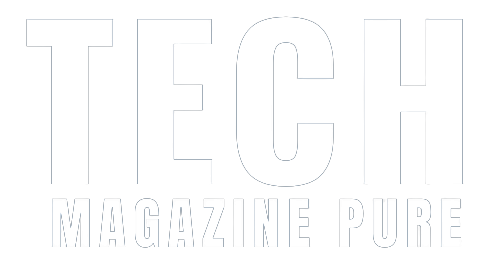Bluetooth technology has become an integral part of our daily lives, connecting our smartphones, laptops, and other devices seamlessly. However, many of us are unaware of the fascinating history behind Bluetooth and the significant advancements it has undergone over the years. From its humble beginnings as a wireless communication system for the automotive industry to its widespread adoption in various sectors, Bluetooth has evolved into a ubiquitous technology that has revolutionized the way we interact with our devices. This article will explore the origins of Evolution of Bluetooth and delve into the remarkable advancements that have shaped its evolution.
Bluetooth Technology
Has become an integral part of our daily lives, connecting our devices seamlessly and wirelessly. From headphones to speakers, from smartwatches to fitness trackers, Bluetooth has revolutionized the way we communicate and interact with our gadgets. But have you ever wondered how this technology came into existence and how it has evolved over the years? Let’s trace the origins and advancements of Bluetooth.
The Story Of Bluetooth Begins
In the 1990s when Ericsson, a Swedish telecommunications company, sought to create a wireless technology that could replace the cumbersome cables used to connect devices. In 1994, Ericsson engineer Dr. Jaap Haartsen was assigned the task of developing a short-range radio technology that would allow devices to communicate with each other wirelessly.
Haartsen’s Team Faced Several Challenges
Including limited bandwidth and power consumption. However, they persevered, and in 1998, they unveiled the first iteration of Bluetooth technology. The name “Bluetooth” was inspired by the 10th-century Danish king, Harald Bluetooth, who was known for his ability to unite disparate tribes. Just like the king, Bluetooth technology aimed to bring devices together and enable them to communicate seamlessly.
The Initial Version of Bluetooth
Offered a data transfer rate of 1 Mbps, making it suitable for simple tasks like transferring files or connecting peripherals such as keyboards and mice. However, it wasn’t until the early 2000s that Bluetooth gained significant popularity with the rise of mobile phones.
Second Generation of Bluetooth
Known as Bluetooth 2.0 + EDR (Enhanced Data Rate), was introduced in 2004. This version offered faster data transfer speeds, reduced power consumption, and improved security features. It paved the way for the widespread adoption of Bluetooth in various consumer electronics, including smartphones, laptops, and portable music players.
As Bluetooth Became More Prevalent
Its capabilities expanded. Evolution of Bluetooth3.0, introduced in 2009, brought the concept of “Bluetooth High Speed,” allowing devices to leverage Wi-Fi technology for even faster data transfer rates. This enabled applications such as streaming multimedia content and transferring large files wirelessly.
In 2010, Bluetooth 4.0, also known as Evolution of Bluetooth Low Energy (BLE) or Bluetooth Smart, was introduced. This version marked a significant milestone in Bluetooth’s evolution, as it focused on power efficiency, making it ideal for wearable devices and other battery-powered gadgets. BLE enabled the development of fitness trackers, smartwatches, and other IoT (Internet of Things) devices that could operate for extended periods on a single charge.
The Latest Version of Bluetooth
Bluetooth 5.0, was released in 2016. It further improved upon its predecessors, offering higher data transfer speeds, longer range, and enhanced connectivity. Bluetooth 5.0 has played a crucial role in the advancement of technologies such as wireless audio, smart home devices, and location-based services.
Looking Ahead
Bluetooth continues to evolve to meet the demands of an increasingly connected world. Bluetooth LE Audio, set to be released in 2022, will bring significant improvements to audio streaming, including support for multi-stream audio, higher audio quality, and better synchronization between devices.
Furthermore, Bluetooth Mesh Networking
Introduced in 2017, enables devices to form a mesh network, allowing for more extensive coverage and improved reliability. This technology has paved the way for applications in smart lighting, building automation, and asset tracking.
Bluetooth has come a long way since its inception in the 1990s. From its humble beginnings as a cable-replacement technology, it has evolved into a versatile and ubiquitous wireless standard. With each iteration, Bluetooth has improved data transfer speeds, power efficiency, and connectivity, enabling a wide range of applications and seamlessly connecting our digital lives. As technology continues to advance, we can expect Bluetooth to keep pace and further enhance our wireless experiences.


